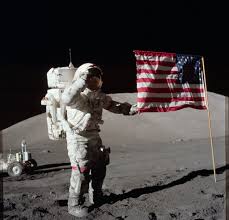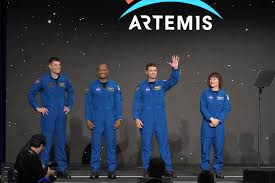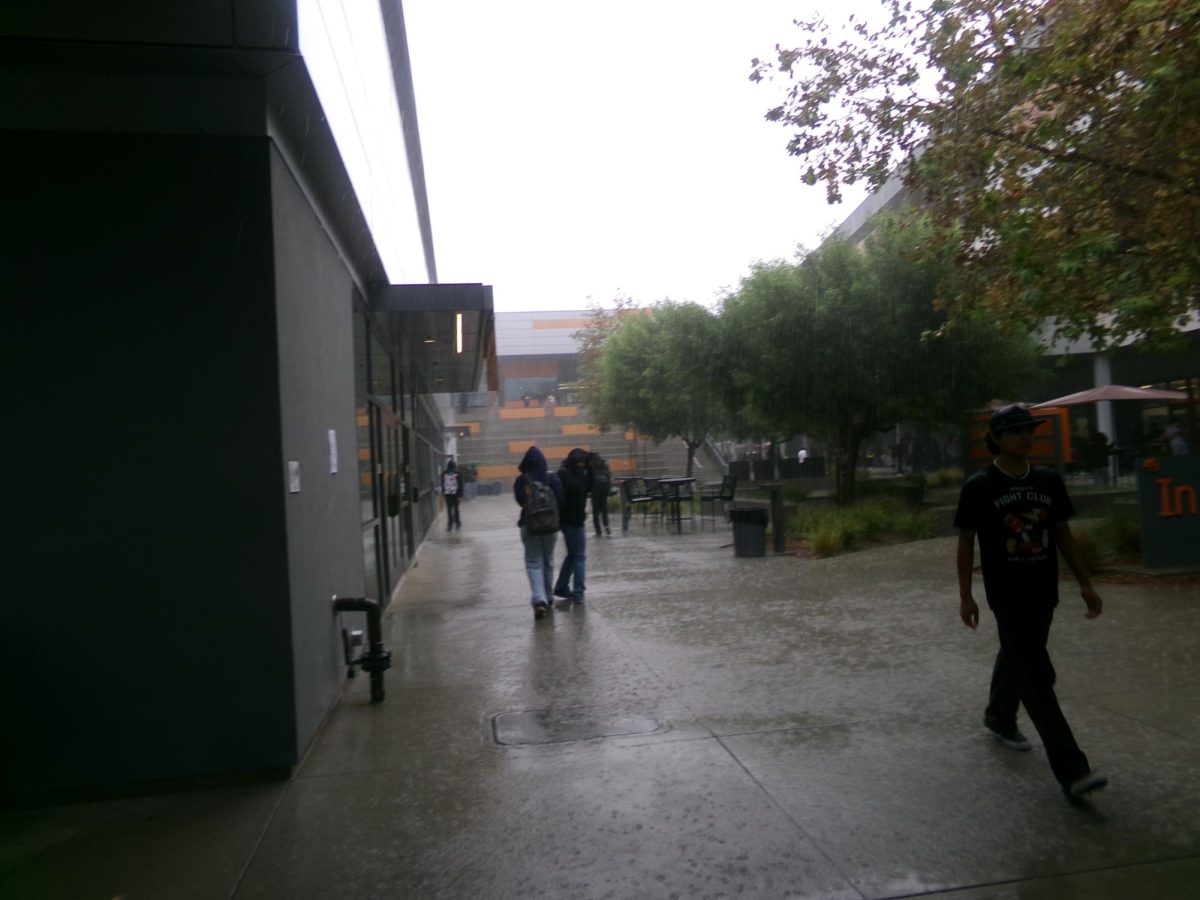
On December 14 1972, Commander Eugene Cernan and Lunar Module Pilot Harrison Schmitt lifted off from the surface of the Moon aboard the Lunar Module Ascent Stage to rejoin Command and Service Module Pilot Ronald Evans in orbit. This was Apollo 17. These men may not have known it in that moment, but this would be the last time humans have walked on the Moon. Nearly 53 years later, no one else has experienced the magnificent desolation of the desert with their own eyes. But now, NASA is planning on going back.

Despite many dubious theories online, the reason we have not revisited the Moon is quite simple: money. According to Statista, the peak of NASA’s funding was in 1965, when the agency was allocated over $50 billion in real inflation-adjusted terms (or 4.4 percent of the federal budget at the time). Today, that budget is only about $25 billion (0.5 percent of the federal budget). NASA’s funds remained well above that level during the entirety of the Apollo program. Importantly, the political will to land on the Moon before the Soviets drove the country to invest so heavily in rocketry and space exploration. That political incentive does not exist today in the same way it did back then. For this reason, progress toward new missions has been frustratingly slow.
After years of planning and investing, NASA has scheduled the launch of Artemis II for April 2026. This mission, crewed by Commander Reid Wiseman, Pilot Victor Glover, and Mission Specialist Christina Koch and Canadian Space Agency (CSA) Mission Specialist Jeremy Hansen, will orbit the Moon as the primary goal of a 10-day mission that will ultimately bring humans back to our natural satellite for the first time since the aforementioned Apollo 17. This mission comes after Artemis I, an uncrewed probe launched in November 2022 that orbited and photographed the Moon and returned to Earth that December. Artemis III, scheduled for launch mid- to late 2027, will make the next giant leap for mankind by landing a crew on the Moon for the first time in what will be 55 years.

With the Artemis missions so near on the horizon, the elephant in the room remains: is it worth the price? Space travel is massively expensive. Each Space Launch System (SLS) launch costs $2.5 billion. Developing the SLS alone has cost, to this point, $23.8 billion, according to the Planetary Society. Many people are understandably wondering if that hefty cost is worth it.
Rielle Varela, a physics teacher here at Eleanor Roosevelt High School, offered her opinion on the matter.
“I think that with any scientific activity, you don’t necessarily know going into it what the benefit is going to be. Sometimes there’s an obvious benefit to it, sometimes not so much,” she explained, then bringing up another interesting point, “The space shuttle was supposed to get us off of rockets, it was like a ‘space van.’ Now, with Artemis, we’re going back to rockets… they’re inefficient and expensive… It’s up to NASA to prove it’s worth their [the people’s] money.” She continued, “I think that what I’m envisioning as the best possible outcome of these missions is developing the Moon as a platform to launch other missions on.” Varela ended on this note, “As long as it’s in humanity’s best interest, I think it’s worth it.”
History teacher Ernesto Rangel, in a written document sent via e-mail, expressed his perspective on the historical, societal, and cultural significance of the Artemis program.
“Back in the 1960’s, the Apollo missions were all about proving we could reach the Moon during the Cold War. Now, with Artemis, the focus is different. It’s about going back in a way that lasts longer… and making sure more people are represented like landing the first woman and the first person of color on the Moon.”
Asked about the cost of the program, his response followed, “Honestly, the cost of Artemis is huge, tens of billions of dollars. Some people argue that money could be better spent here on Earth… But NASA and its partners see it as an investment in the future,” he argued, “…it pushes technology forward, creates jobs, strengthens international partnerships, and inspires a new generation.”
Rangel then analyzed the cultural perspective now versus during Apollo, touching on similar points made before.
“It [Apollo] felt like history in the making and a huge win during the Cold War. At the same time, not everyone supported it, some argued the money should go to fighting poverty or the Vietnam War.” He then shifted the focus back to today, “With Artemis, I feel the excitement is still there, but it’s different. People today don’t see it as a race against another country, but more as an effort to explore, include more diversity, and prepare for Mars.” He ended, “…but the debate about cost versus value hasn’t gone away.”
Overall, cost-benefit analyses remain fairly ambiguous. The massive price tag of Artemis repels many away from such endeavors. But many others argue that the advancement of science and human knowledge far outweighs the physical costs. Regardless of one’s view on this, we should all hope that whatever comes of the program brings positive results for the human race as a whole, and brings us closer to exploring even the outer edges of the universe.






